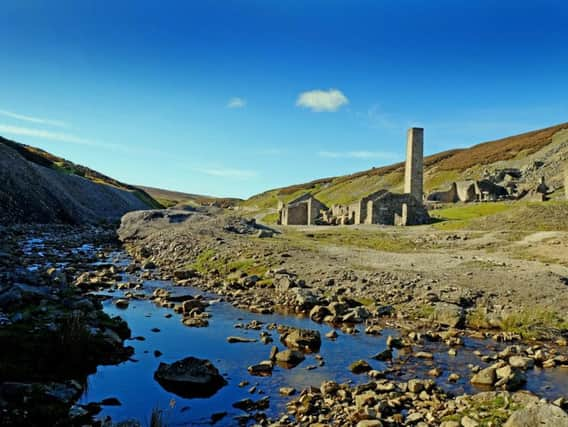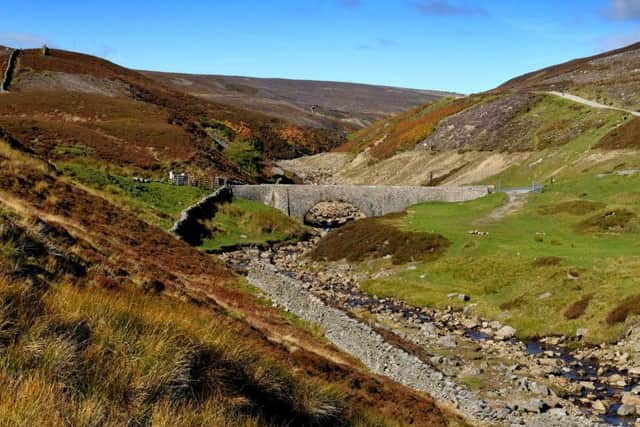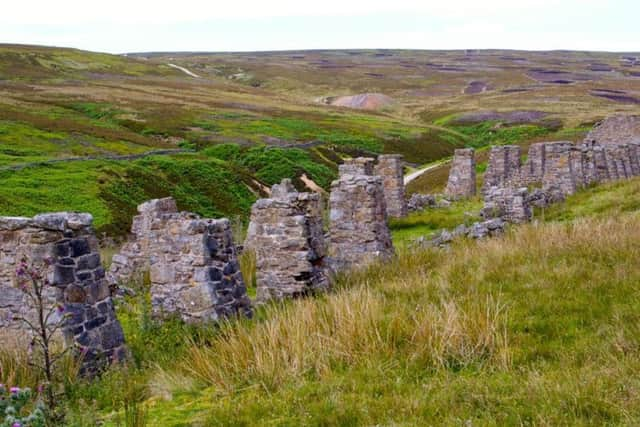Old Gang ruins: The abandoned lead mine you can still see in the Yorkshire Dales


Lead mining in the 18th and 19th centuries has left its mark on the landscape, and several ruined mineworkings can still be seen in the uplands today.
World War Two observation post on East Yorkshire beach is finally buried by coastal erosionOne of them is the Old Gang smelting mill near Reeth in Swaledale, which was built in 1790 and was in use until 1899. The Old Gang Company also had a mine shop beside Gunnerside Beck, the remains of which are still visible.
Advertisement
Hide AdAdvertisement
Hide AdThe mill was named after the nearby Old Gang beck, and is surprisingly well-preserved - the chimney is still completely intact. Rusting machinery can still be seen.


A history of lead mining in the Dales
The geology of upland areas of Britain - where the movement of fault lines causes limestone beds to crack - creates deposits of lead ore. The mineral has been mined since Roman times, when it was even sent back to Rome and used in building projects.
This is what it's like to work as a ranger in the Yorkshire Dales National ParkIn later centuries, the large monasteries and abbeys that owned vast tracts of the Dales controlled mineral rights, and lead was exported to Europe. Individuals were given these holdings once the monastic houses were dissolved by King Henry VIII.
By the 18th century, Britain was the biggest lead producer in the world, and prospecting in the Dales reached fever pitch. Most of the labour was manual and miners bargained with landowners for access to the lead ore deposits.


Advertisement
Hide AdAdvertisement
Hide AdThe end of the industry came at the start of the 20th century, when foreign competition began to undercut prices. The last lead mine in the Dales closed in 1912, but many of the buildings and workings, such as peat houses, smelting mills and stores, still remain.
Twelve bridges washed away and roads destroyed: The true cost of summer flooding in the DalesIn 2010, an English Heritage grant was allocated to preserve old mineshafts and cabins near Grassington. Erosion led to the entire mine complex being listed as a Scheduled Ancient Monument and put on the Buildings At Risk register.
Crackpot Hall, a ruined farm near Keld that is popular with walkers, was once used as offices by a lead mining company, and items such as bottles and sticks of dynamite left behind by the miners have been found nearby.